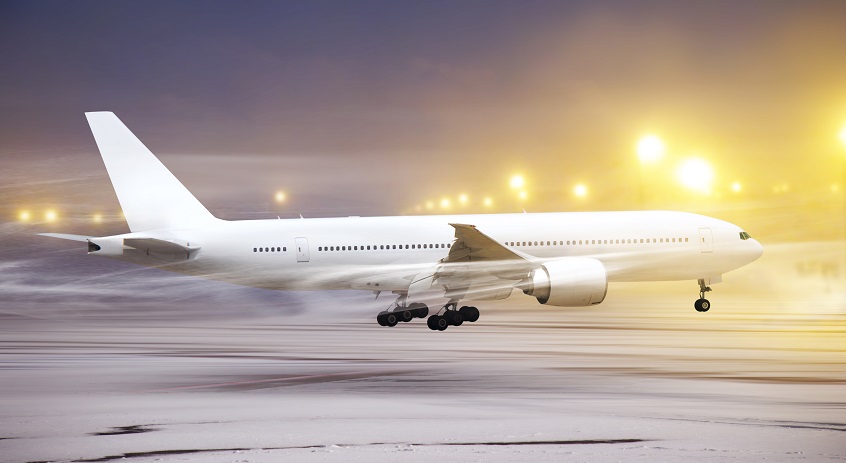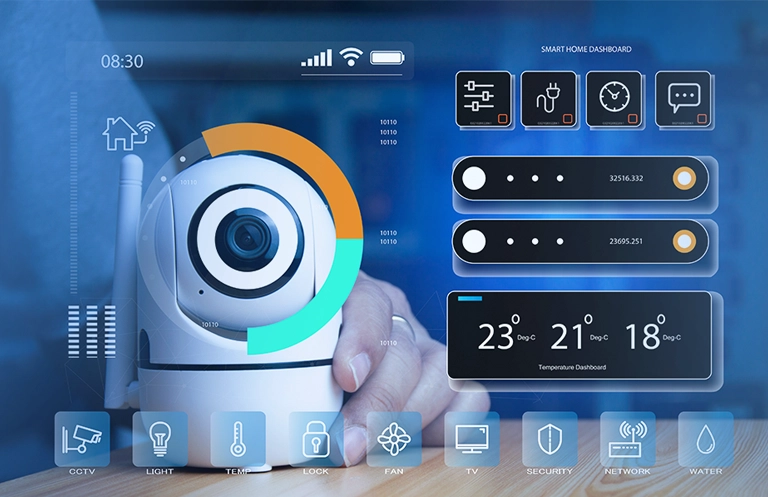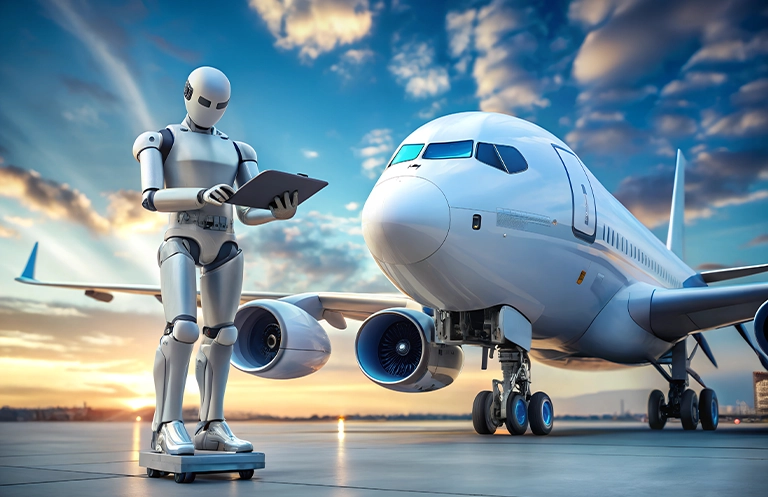The future of aerospace industry appears to be bright and will be characterized by an increase in demand for aircraft of different sizes and models. According to Deloitte’s 2016 Global aerospace and defense sector outlook, commercial passenger and freight traffic is expected to grow at an average annual growth rate of 4.6 % and 4.4 % respectively for the next 20 years, contributing to the need for more aircraft production.

However, to facilitate ever-increasing demand for air travel, we not only require additional aircraft but also technological advancements which can address the current and future challenges of aviation industry. Two of the most important challenges identified in the Deloitte report are:
- Huge demand for new aircraft production – The demand for new aircraft is estimated to grow to 35,318 aircraft (excluding regional jets) which will greatly impact the global aviation supply chain.
- Global security risks – In the last two years, there has been an increased risk to commercial aviation from hijackings, terrorism and even aircraft disappearances. All this has called for greater R&D investment to enhance security, monitoring and tracking of aircraft.
In this blog, I will cover some of the major trends and insights that are set to shape the aerospace industry in the coming few years. The trends being discussed here have implications not just for commercial aviation but also military aviation, with an increasing focus on time-to-market and security features.
1. Internet-of-Things:
IoT is tipped to revolutionize the aerospace industry in many ways. It is transforming day-to-day tasks in aviation ranging from assembly and manufacture to maintenance and safety, including tracking an aircraft’s location. Integrating IoT in aviation helps to tackle complex situations by adopting new trends like embedded sensors in engines, device monitors, data storage and information technology advances. Its device integration requires the support of hundreds of touchpoints and notifications, alerts, and customized application development. A lot of this data already resides in public, private or hybrid clouds. But it has to be easily accessible by aviation companies for commercial use. Recently, the trend is shifting to aerospace companies having the ability to manage connected devices from a single interface.
2. Regulatory Guidelines in Aerospace:
If you’re an aerospace company, you’ll have to meet stringent regulatory guidelines, understand your compliance levels, and improvise on them. One of the examples is migrating software from older versions such as DO-178B to latest versions like DO-178C. The new guidelines of DO-178C address the long-term requirements of the avionics software industry while ensuring that avionics systems are up-to-date. Migrating software from older version to the newer one involves the following steps:
- Identifying legacy systems at the software level and based on the new guidelines, check if the system software level of that particular version of software is acceptable or not.
- The software will not be declared compliant with approved latest norms like DO-178C until and unless all procedures and processes have been upgraded as per the new guidelines.
- Lastly, measuring the true extent of modifications, their impact and verifications need to be calculated to ensure optimal software performance.
3. Advanced fly-by-wire system:
Modern, advanced fly-by-wire (FBW) systems are being used to control unstable aircraft. It is a computer-configured controlling mechanism which helps modify the manual inputs of the pilot in accordance with control parameters. Pre-flight safety checks of fly-by-wire systems are often performed using Built-In-Test Equipment. Automated Test Equipment (ATE) is one of the examples of such a built-in test equipment, which may be designed by specialized software such as LabVIEW and can be further defined using the Acceptance Test Procedure (ATP). Also its helps to reduce testing time, manual efforts and maintenance costs.
4. Data Handling:
The aim of data handling is to create value for tons of aircraft data from various systems being generated daily and then make data operational in such a way that we can help aircraft primes and airlines in various capacities. The applications of smart data management are many: e.g. engine health monitoring (EHM), rotor blade maintenance, avionics and electrical systems maintenance, hydraulics systems overhaul, corrosion controls, managing inspection schedules for fleet on ground and during the flight.
The tricky part is to understand the integration of data generated by multiple aircraft. However, the smart solution for aerospace companies is to contract their services to back-end development and engineering services firms that have expertise in implementing BI/visualization tools, so that the data at the front end is self-servicing.
eInfochips, leveraging end to end technology capability coupled with in-depth aerospace domain and process (DO-178B/C, DO-254, and DO-160) expertise, helps aerospace companies develop mission critical avionics and aerospace subsystems for both civil and military platforms. We have recently developed new technology that is “Android porting on PowerPC”. It is the world’s 1st successful porting of Android 4.4 on a PowerPC architecture for an engine health monitoring system in Aerospace.













